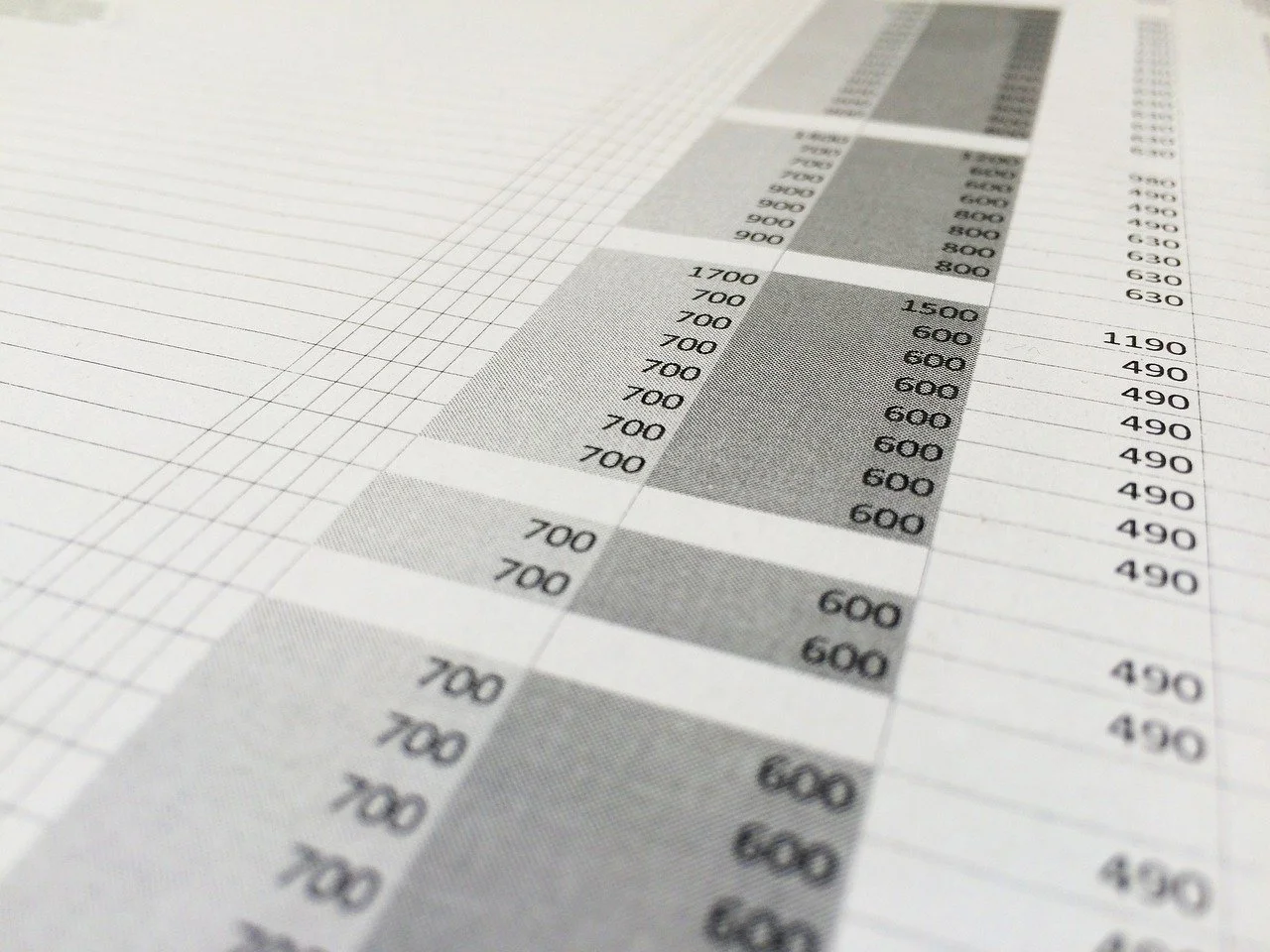Overview of the Financial Template, Part 1
The key to your financial future is the financial template. The template is the true differentiator at Afterburner Success Partners! Let’s dig in!
And now, a commercial break
I try to make it a point not to promote Afterburner Success Partners and the associated course except sometimes in the Call-to-Action section. I’m making an exception today, right up front, for two very important reasons.
Those reasons are because we are at a key point in time. First, we will begin an overview of the financial template, with this post. If you were taking the course, there would be much ado about the thought and work that goes into this important action. We’ll cover the details down the road, so please be patient.
Today, as just mentioned, we begin a series of high-level overviews of the financial template, which leads us to the second reason for today’s commercial break. That is the timing of this post. It’s early May, and high school and college graduations will occur soon. Depending upon where you are in your life journey, you may just be reading these posts for enjoyment rather than acting based upon what you are reading. If you have children, grandchildren, or other family or friends, I would like to suggest that the Afterburner Success Course and the book with the same name would be an excellent graduation, birthday, or other occasion present. Who would not like to have this information available to them just when starting their life journey? I wish I had it, but my parents did not know it themselves, much less be able to teach me. It’s the same with many people. But what everyone can do is make important information available, in gift form perhaps, to people they love and care about in the form of a give of the course and book. Why not do that today?
Overview of the financial template
When you take the course or purchase the book, you can view copies of the templates I use for myself. I’m not providing those as part of these posts, but rather, I’ll describe them in general terms. Why is that? Well, when you take the course in virtual or in-person format, there is time for questions and discussion within the class. If you take the online version, I encourage you, multiple times, to stop, ponder what your answers are going to be, and use your quiet time for reflection. Developing your lifetime financial plan is likely one of the most difficult and important decisions you will make in your life, and it’s worth the time and the minimal cost of the course and the book. Yes, and it really goes without saying but I will anyway, that we all know people who don’t plan their financial future and turn out just fine. Then some don’t, who are in the majority. Why leave such a critical decision to chance?
During the course, I advocate for each person to write their first draft of the financial template by hand. Later, after you get it to where you want it, you can do it like I did and build it in an Excel spreadsheet. Let me now describe what the financial template looks like. If you are serious about using this series of posts to develop your financial and lifetime goals plan, you can get out some paper and begin to develop, in a broad overview at this point, your plan now
OK, let’s dig in. On a blank sheet of paper (I use graph paper), create an upper left corner with a column labeled Time Period. The first cell under the title is for today’s date, so write in today’s date. This is the beginning of your financial journey, at least for our purposes. Oh sure, you have had a financial life before today, but it starts today for achieving your dreams and living your best life.
Setting Milestones
Below today’s date is a series of time periods. Six months from today is the first milestone, so write down Six Months in that column. As you now see, one of the important differences with the Afterburner Success Partners plan is that there is accountability, and your first test of whether you are serious about developing your financial plan comes exactly six months from today. Remember the discussion “Are you committed or just interested?” Well, now it is coming to fruition.
How many years?
Continue to write the following time periods below the Six Months column: 1 Year, 3 Years, 5 Years, 10 Years, 20 Years. Now, depending upon how old you are, you may or may not have additional dates. If you are 20 years old, write down 30 Years and 40 Years. The point is to take these time periods up to the date you think you want to retire. For our 20-year-old who plans to retire at age 65, after the 40-year time period will come the most important time period on the entire spreadsheet. Label the next block “Retirement!”. After retirement, write down +1 Year, +5 Years, +10 Years, +20 Years, and finally +30 Years.
Now, construct a second column to the right and label it “Date.” Next to “Today’s Date,” write in today’s date. Do the same with each corresponding time period from today to +30 so that every time period has a date next to it.
Let me explain what we just did. Today is the day to start your financial journey to live your best life and achieve all the dreams you have or will have. Placing those future dates down on paper is a little scary, right? Especially that one labeled “Retirement!” What you now have is the beginning of your financial goals template, but we are nowhere near finished yet. We will pause for a bit because we don’t have all the information you need to proceed. To reiterate, completing the financial template is a big job that will take several posts to complete. Next week, we will stop for a review, and you will need a little time to begin to digest what you just wrote down. If you were in class, you would get a homework assignment now. Here is your assignment:
Thoughtfully consider where you are going in life and what you want. Putting your life on paper before you gives it all a new perspective, doesn’t it?
Begin to think about how much money you will need to have upon your retirement date. The amount of money you need on your retirement date is what I call “Your Number.” It’s not a simple number to come to, and many factors go into determining what “Your Number” should be; that is what the right number is for YOU. I’ll be giving you more information that will help you, but if you want to get a jump on things, there is a lot of information out there, and you can begin doing some research. You need to be careful what you believe, but at least get some ideas about what is being written by others. Some of it is by knowledgeable individuals, and some of it is by folks who really don’t know. DO NOT GET DISCOURAGED at this point. Some big numbers are going around out there that may or may not be applicable to you.
Use your quiet time, be still, and reflect upon what you have done this week.
OK, that’s all for this week!
Overview of the Financial Template, Part 1
Afterburner Success Partners
What’s in it for Me
Think about the major decisions you will make throughout your lifetime. Choosing what your financial future will look like is right up there with the most important. Think about how much the peace of mind of knowing your financial path will mean to you and your family. Peace of mind is one of the most important results you will obtain when you take the ASP course.
Call to Action
Sign up for the next available Afterburner Success Course and then complete it. Purchase and read The Total Money Makeover by Dave Ramsey. Dave and I both agree that if you want to reach certain financial goals, you most likely need to change what you are doing. This is a fantastic book and well worth your time and money. See Note 1 for a handy link to purchase it today!
Recommended Resources
The Total Money Makeover by Dave Ramsey (Note 1)
Up Next
Review Time 4.
Notes
Please note that as an Amazon Affiliate, I may earn a small commission on the sale of any of these recommended resources.
The Total Money Makeover by Dave Ramsey: https://amzn.to/4jYWPoB

